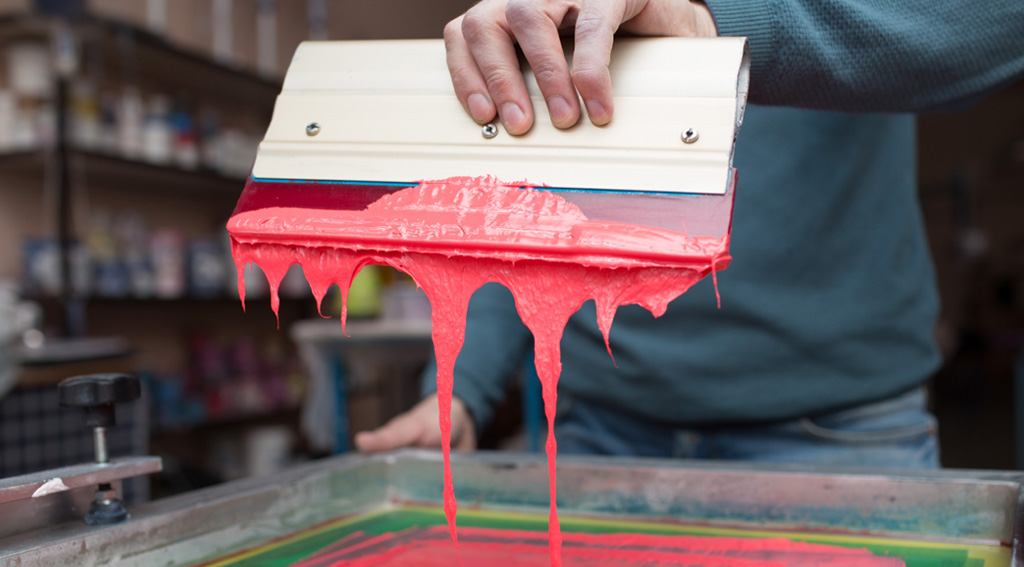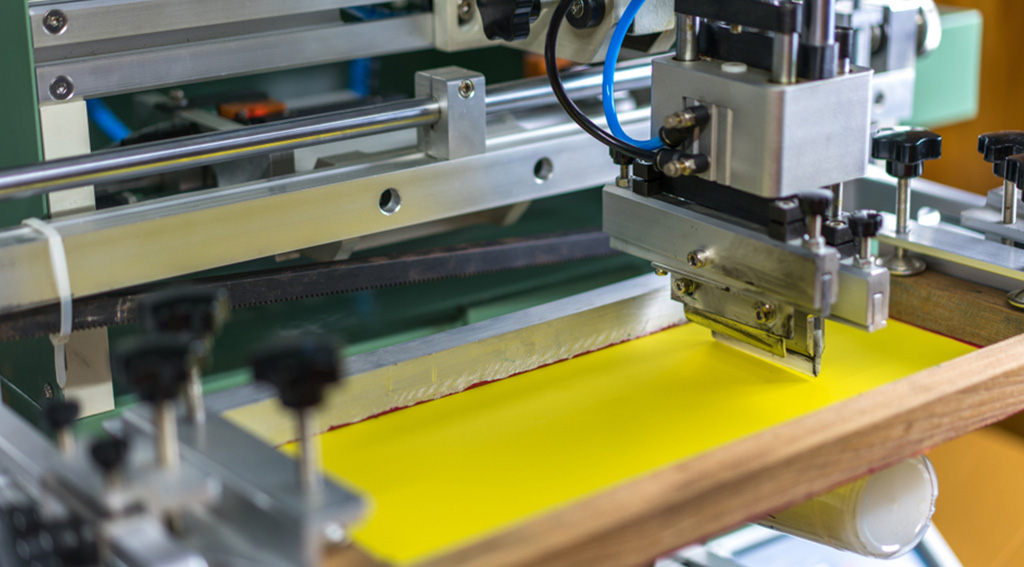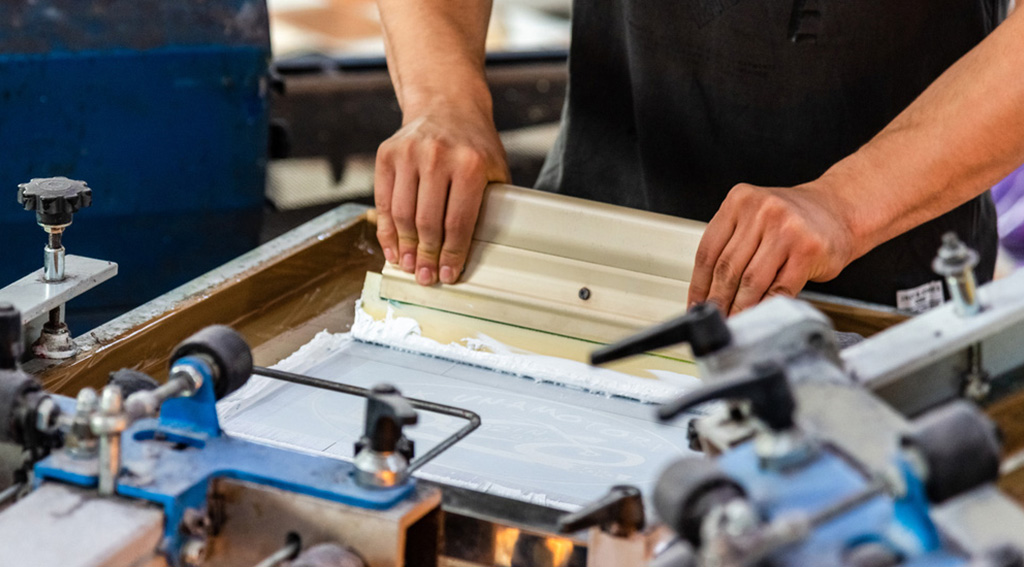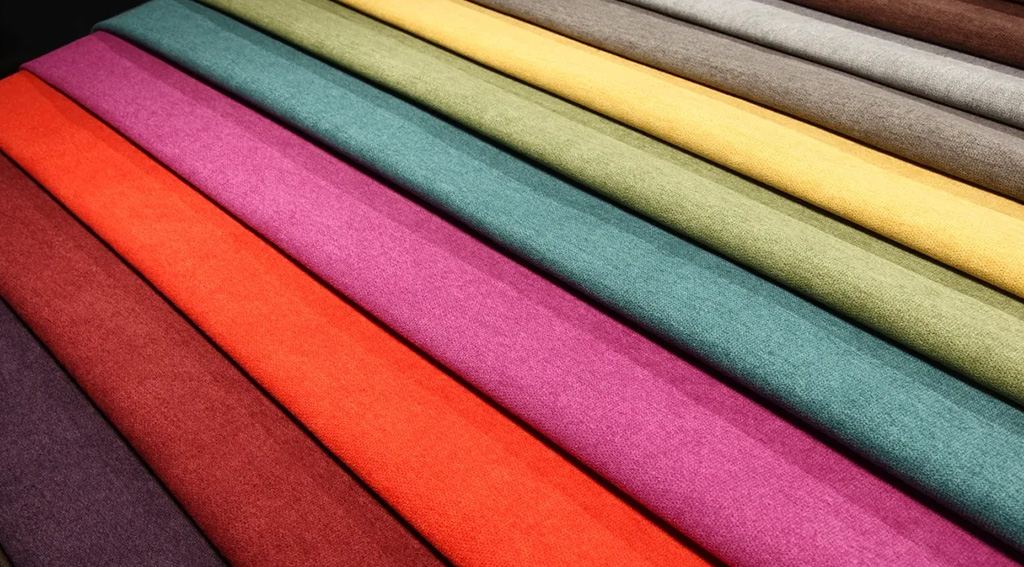
Rotary screen printing is a crucial process in the fabric and textile industry, playing an indispensable role in today’s fashion and apparel sector. Rotary screen printing allows patterns and designs to be applied to fabrics or textile surfaces, adding a visually appealing element to textile products while enhancing durability and color quality.
Rotary screen printing offers numerous advantages in the fabric and textile world. Firstly, this method provides the flexibility to print on fabrics, offering designers unlimited creative freedom. Patterns, images, and graphics can be applied clearly and vividly to the texture of the fabric, enabling the realization of various styles and designs in the fashion industry.
Moreover, the rotary screen printing process enhances the color fastness of fabrics, contributing to the production of long-lasting products. Colors become resistant to washing and wear, ensuring that the fabric maintains its appearance over an extended period. This not only increases the quality of textile products but also provides consumers with durable and long-lasting items.
Rotary screen printing also plays a significant role in sustainability. This technique is more environmentally friendly compared to other rotary screen printing methods, as it conserves water and energy. This reduces resource usage in textile production, minimizing the environmental impact.
In conclusion, rotary screen printing is a crucial process in the fabric and textile industry, playing a significant role in design, durability, and sustainability. In the world of fashion and other textile sectors, the rotary screen printing technique enhances the attractiveness of products while increasing quality and longevity. Therefore, rotary screen printing has solidified its position as an indispensable element in the textile world.


